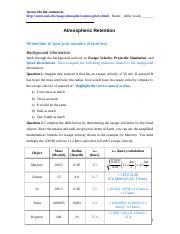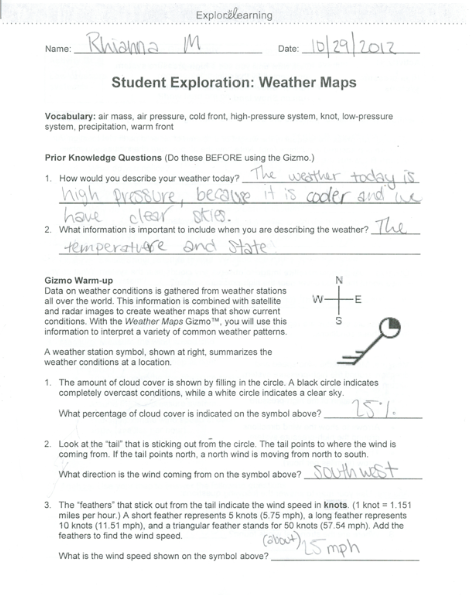
Q3 - The sun is going to set given the galactic longitudinal positioning at the particular time. Q2 - With respect to Polaris, the sun and stars move in an anticlockwise manner when the function is performed. #4 - Special Places on EarthQ1 - The sun and stars moves west in an anticlockwise manner.

#3 - Seasonal Sky ChangesThe different constellations can be viewed via dragging around the focus cursor to find them manually or via the improvised search tool which directs one to a specific constellation. Q5 - The sun is in the Virgo ConstellationQ6 - This is an obvious expectation for the function performed. Q3 - The ecliptic actually goes through 9 constellationsQ4 - This is the expected answer after one goes through and counts the constellation within the ecliptic line. Q2 - These constellations include the Capricornus, Pisces, Libra, Cancer, Gemini, Taurus, Leo, Aquarius and Virgo. #2 - Zodiacal ConstellationsQ1 - The elliptical line passes via approximately 10 constellations as previewed in the simulation screen environment.

It is referred to as the Great Bear as represented by the constellation art provided by the toolbar function. Subsequently, this is how the earth moves when the earth rotates from west to east.Q2 - The first forwarding of time, with the fields of view one notices the stars moving from one direction to the other, in a clockwise manner.Q3 – The Ursa Major constellation has various bodies in it. The choice selection of a star performed included the Canopus star which is neighbored by other small stars in within the constellation.Īctivity II#1: Motion of the StarsQ1 - The celestial bodies tend to move east when we change or rotate the field of view within the simulation software. These planets are placed closer to a star, the sun, represented by the shining object in the simulation. This sis simply done via inputting the name and pressing search, and in turn the cursor automatically display the planets and their respective information.

Performing a search using the text box provided directs the focus on the particular planets, in this case scenario, Mercury and Venus. Dragging the view left or right and up or down offers a display of the north, east, south and west sections of the sky with a zoom capability on specific objects. Changing or controlling light pollution and turning the ground offers an extended view for all the constellations. In night mode the color changes and the view has a red focus on the objects.
#Stellarium astronomy lab answer key software#
Stellarium Project Activity I Using the Stellarium software to view the sky properties offers different observations on the display of the software.


 0 kommentar(er)
0 kommentar(er)
